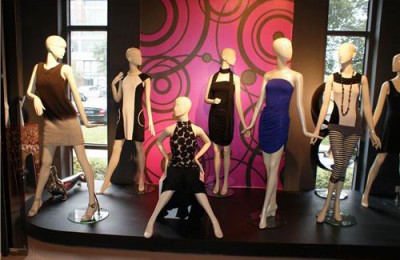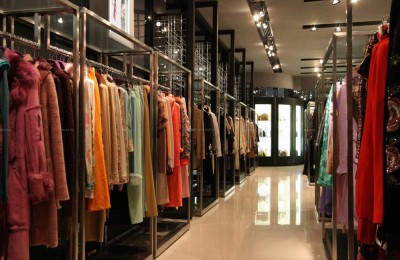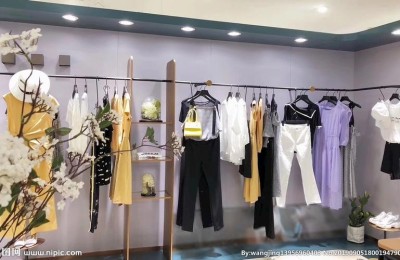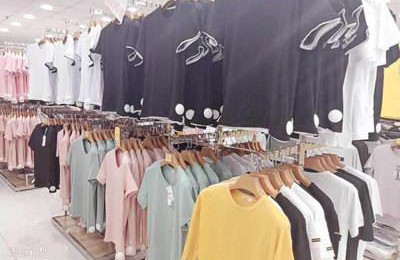When I first entered the textile industry, I heard a boss say that in the early 2000s, the profits of ordinary chiffon, hemp, and peach skin could easily exceed ten yuan per meter. After 10 years, profits began to decline sharply, but it was easy to make a profit of 35 yuan per meter, and the current textile profits can be described with the word “haha”.
According to the analysis of the turnover and profits of the textile industry in recent years announced by the National Bureau of Statistics, the textile turnover has unexpectedly been declining year by year, from 350 billion in 2017 to compared with the current level of about 200 billion. The profits of the textile industry have plummeted from level to level, from a profit margin of about 4.7% in 2017 to around 3.9% now.
The principle of “small profits but quick turnover” in today’s textile industry It has failed. Judging from the trend changes reflected in macro-textile data, there is a high probability that both the turnover and profits of the textile industry will continue to decline in the future. The textile off-peak and peak seasons are no longer measured in months or quarters, but appear in cycles of one year or even several years. Unfortunately, we are currently in the off-season.
1. Excessive size makes transformation difficult and the market Adjust profit point shift
1. Conventional fabrics are no longer as popular as they once were
The textile industry is made up of various golden rice bowls and cash cows. However, how difficult it is to do the textile business this year, each company has its own “hard-to-recite scripture.” Originally, the global economic situation was uncertain and demand was sluggish. However, when the United States continued to impose tariffs on China and hit my country’s exports, life for textiles became even more difficult.
Conventional fabrics especially lack the right to speak this year. Faced with about 40 days of inventory, many gray fabric merchants basically sell as long as customers ask for a price. In the past, the profit of ordinary satin gray fabric was nearly 0.2 yuan/meter, but now it is impossible to keep a dime of profit. If the price of raw materials drops again, it will basically be sold at a loss. All links in the textile industry chain are closely related, and the rise and fall of fabrics are closely related to processing such as printing, dyeing, and finishing. It is often the case that “one prospers and both prosper, and one suffers both losses.”
2. Life is difficult for supporting processing factories
Take dyeing factories as an example. Simulated silk is very popular. At that time, all imitation silk dyeing factories were out of reach. It is normal to queue up to add money, and there is nothing you can do if your order is slow or even bad. But today, with the decline of conventional imitation silk products, this type of dyeing factory has also reached a crossroads of transformation.
A simulated silk dyeing factory in Wujiang area has 100 dyeing vats. The profit in the first two years can reach more than 40 million yuan. When orders for simulated silk dropped sharply this year, they Immediately transition to other varieties such as stretch fabrics, but the transition is not as easy as turning around. The dyeing factory’s dye vat operating rate has been fluctuating between 50% and 90% this year. It has never been operating at full capacity. The increase in dyeing fees was only done last year. . Various rental, labor, environmental protection and other costs have not been reduced due to the reduction in orders. It is conceivable that this year’s profitability will definitely be far less than in previous years.
All the unsalable products currently on the market are basically conventional varieties that have been selling well for many years. The various processing plants they involve are the most complete, the most mature in technology, and the largest. Their size made it difficult for them to transform. If the transformation lags behind, it will naturally be difficult to meet market demand.
The high profits of the past are gone forever, more Some factories are even hovering near the profit and loss line. Is there really no chance for the textile industry to gain high profits again?
2. The value of fabrics increases with consumption upgrades, and profits become more abundant
1. Profits Orders of ten yuan per meter still exist
According to the person in charge of a company specializing in the production of cotton and linen fabrics, he is an expert in linen fabrics and does not accept chemical fiber fabrics. care. Basically none of his products are made of 100% of a certain raw material. They are all interwoven or blended from two or more raw materials such as hemp, tencel, rayon, cotton, and silk. They have complex ingredients, special techniques, and high added value. Generally, the selling price of his finished fabrics is 40-50 yuan/meter, the profit is basically not less than 10 yuan/meter, and each order volume is maintained at 20,000-40,000 meters. Compared with the profit of one or two yuan or even a few cents for ordinary fabrics, ten yuan per meter is simply an astronomical figure.
Most of his fabrics are researched and developed by himself, and he is familiar with the characteristics, advantages and disadvantages of fabrics and possible problems. However, when outsiders imitate or blindly accept similar orders, it is often difficult and the gain outweighs the loss. The difficult-to-operate nature of unfamiliar and special fabrics has formed a kind of self-protection fortress, ensuring the loyalty of customers and ensuring their high profits.
2. Adjustment of the focus of the clothing market
This change is mainly caused by changes in the clothing market . As residents’ income increases, the middle class grows, and consumption upgrades, people are willing to spend more money on clothing, and the quality of clothingBegin to shift from low-end to mid-to-high end. This phenomenon has been going on for many years, but most of them focus on clothing without the fabric. Even clothing design is to design the drawings and then add fabrics to the drawings, ignoring the role of fabrics. The current trend in clothing design is to design clothing based on fabrics, that is, custom design for fabrics, and the value and requirements of fabrics have been enhanced.
As a necessity, the textile and apparel industry cannot disappear from the market. It will only adjust its focus and change its hot-selling products. How to gain high profits in a generally low-profit market requires you to follow the trend and make your products meet market demand. Today’s textile market demand points are definitely not among conventional fabrics. Differentiated and distinctive fabrics are the protagonists on the current textile stage.
Conventional fabric varieties are generally of lower grade and cannot support the requirements of mid-to-high-end clothing. However, high-end, niche, and novel fabrics can make designers shine and make them more attractive. The clothing is fundamentally different and high-end. Of course, it is suitable for mid-to-high-end clothing fabrics, and its profits will never disappoint.
Whether the profit is high or low, the ultimate starting point comes from fabric products the value of. The huge volume of conventional varieties has lowered the profit margin of the overall textile industry, but high-profit textiles still exist, but the road to them is not so easy. </p






